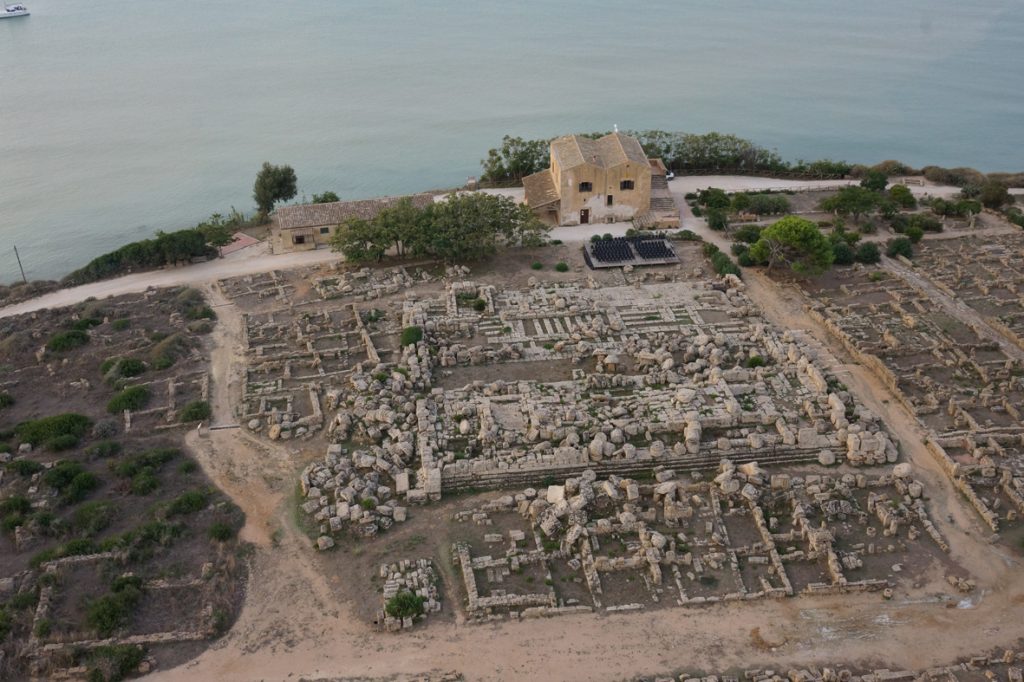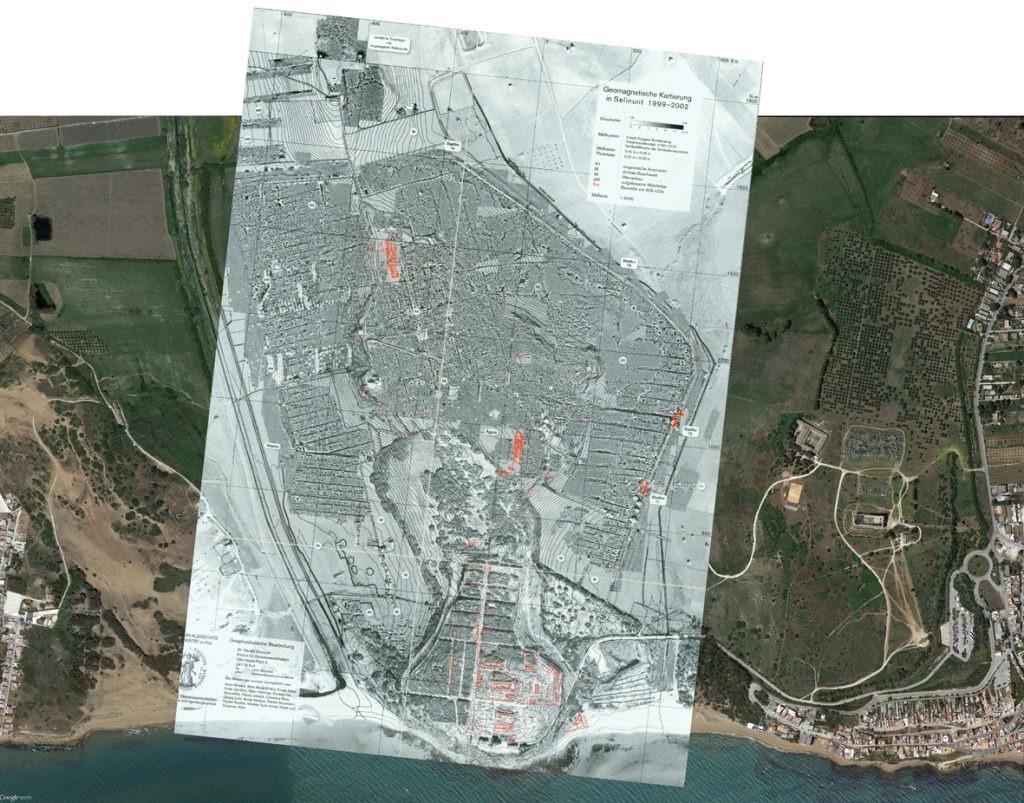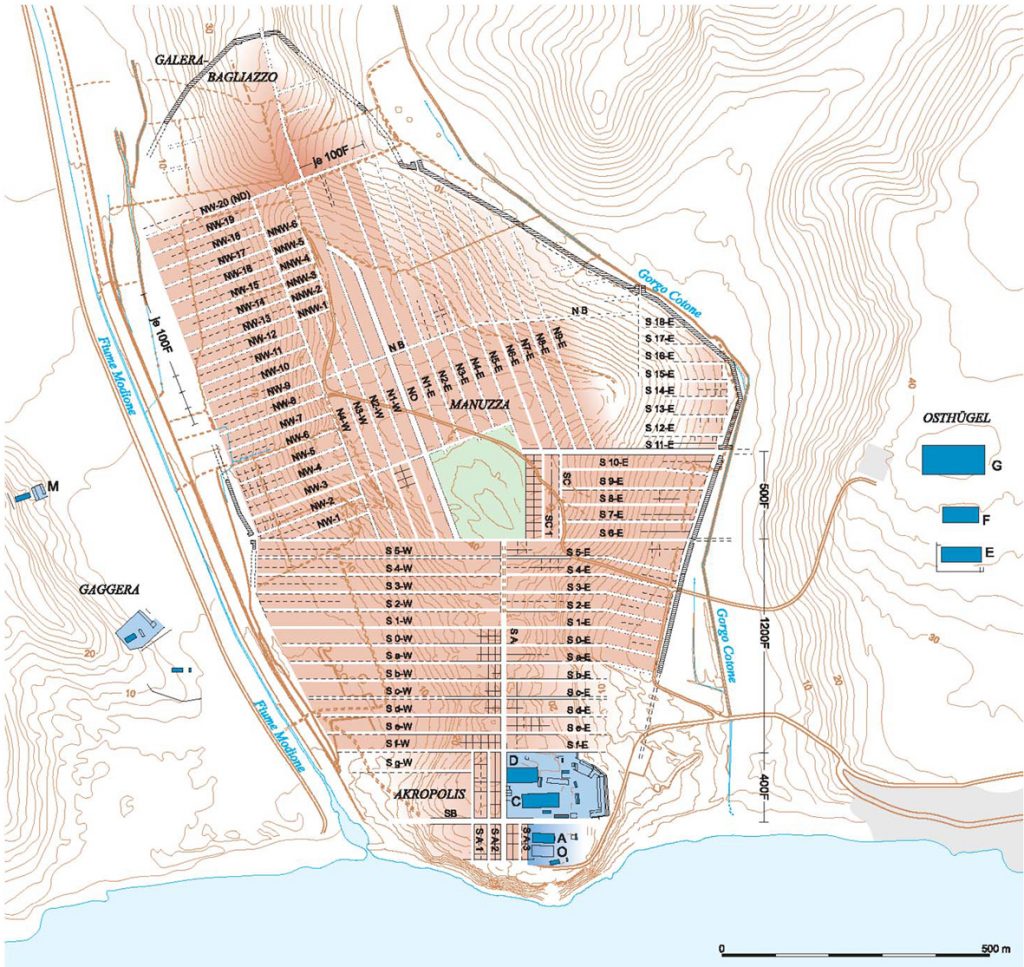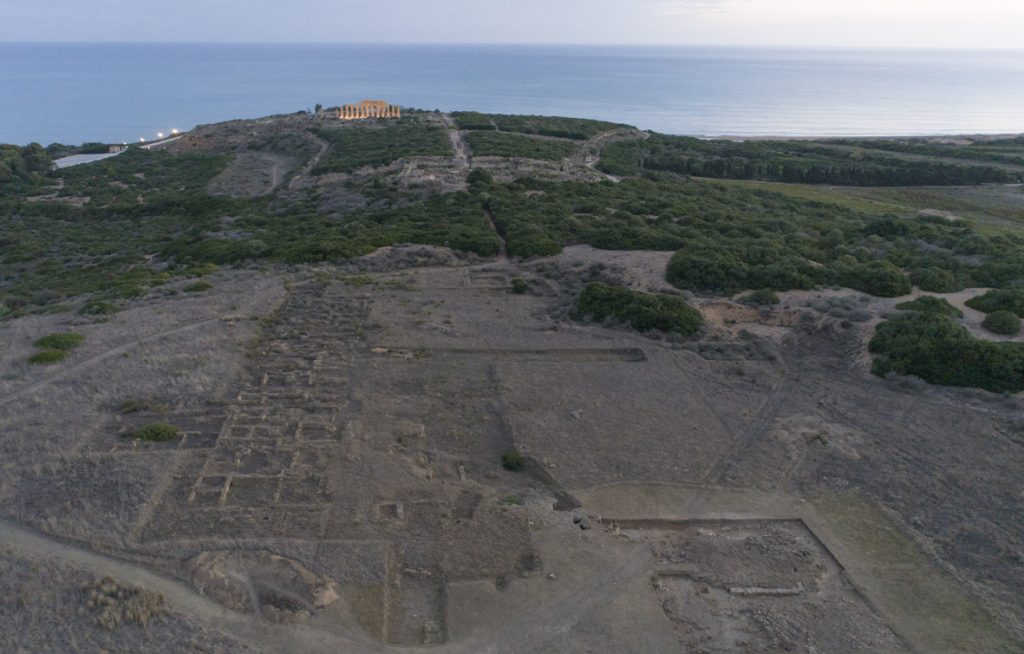Selinunte was the largest Greek colony on Sicily in terms of area. It was founded at the end of the 7th century BC by the mother city Megara Hyblaea further east on the island. In 409 BC Selinunte was conquered by the Carthaginians. After years of upheaval there is evidence of new town planning and activities of a pronounced Punic character throughout the urban area. In the mid 3rd century BC, according to literary sources, the inhabitants were forced to leave Selinunte and settle in Lilybaeum in the course of the First Punic War. Nevertheless significant evidence of occupation is to be found at Selinunte in late antiquity and from the early Middle Ages through to the modern era.

The DAI Rome has been involved since 1971 in a number of projects that investigate the archaeology and construction history of this famous site, chiefly concentrating on the topography and architecture of the Greek city from the late 7th to the 5th century BC. In the process important information has been gathered concerning the layout of the city, the different fortification systems and central aspects of the building of the acropolis and the agora. In recent years the focus has shifted firstly to the city’s rich network of links, which are becoming increasingly clear thanks to targeted materials analysis and to the partial exposure of the potters’ district (Kerameikos); and secondly to the diachronic development of the city from the late 7th century to the early Middle Ages.

Geophysical prospecting at Selinunte (H. Stümpel, Universität Kiel) 
Plan of Selinunte during the 6th–5th century BC (Plan: D. Mertens, DAI Rome) 
View of the Acropolis from the Agora, with the necropolis and sacred landscape on the Agora in the foreground (Photo: D. Gauss, DAI Rome)